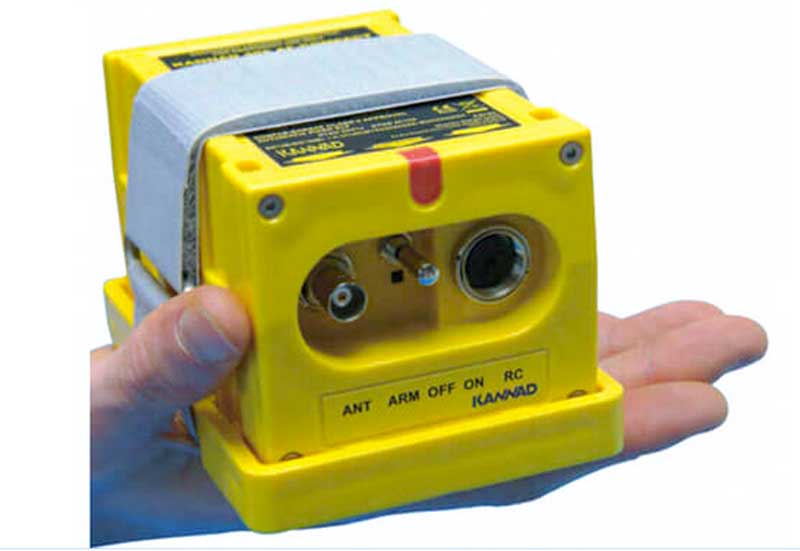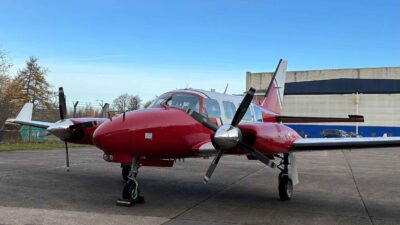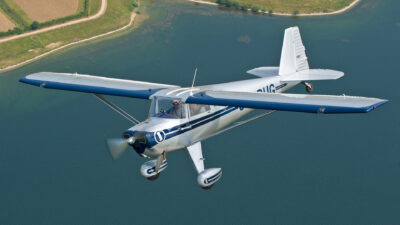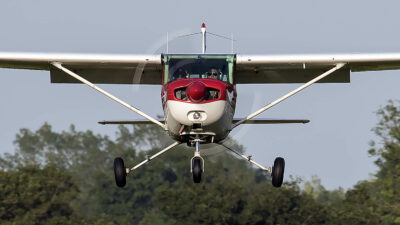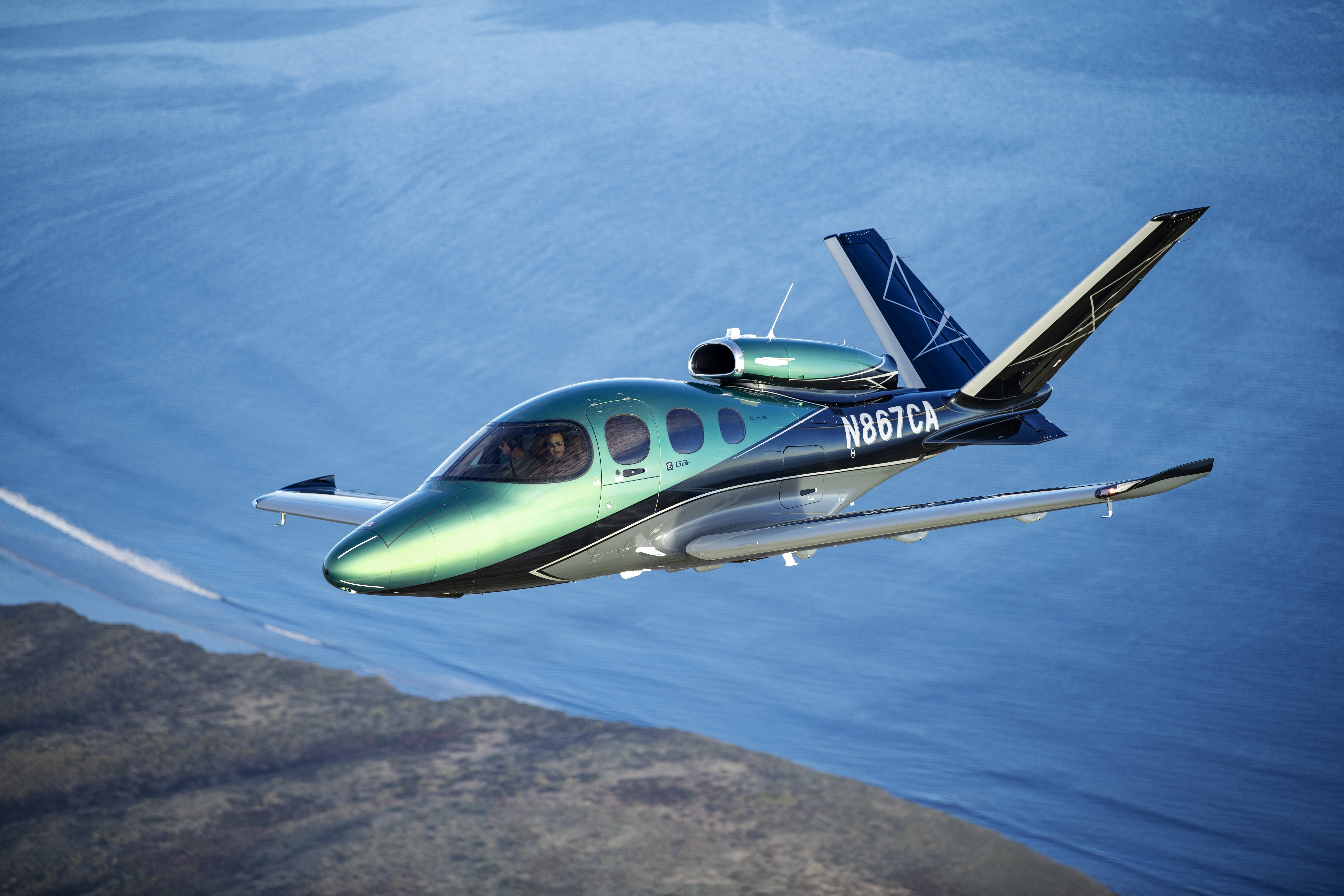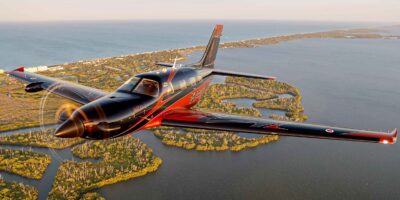UPDATE The CAA confirmed to FLYER during last weekend’s AeroExpo event that an Emergency Locator Transmitter (ELT) or a Personal Locator Beacon (PLB) will become compulsory equipment on certified aeroplanes and helicopters in August.
On 25 August 2016, new European-wide regulations covering flight operations come into force. They are known as Part-NCO (Non-Commercial operations with Other than complex motor-powered aircraft) and will apply to all aircraft with a certificate of airworthiness. The UK Air Navigation Order (ANO) which regulates Permit aircraft is also be revised from that date, to bring it into line with Part-NCO.
[NOTE: edited 7 July 2016] The CAA has now also confirmed that the ANO will NOT make an ELT or PLB mandatory for Permit aircraft. Edward Bellamy of the CAA posted on the FLYER forum this morning:
“There is not going to be a requirement for non-EASA aircraft to carry an ELT/PLB under the ANO. This was made clear in the consultation on the new ANO 2016 that is due out later this year.
See p.15 of http://www.caa.co.uk/cap1335
However we do not wish to apply requirements based on Part-NCO to non-EASA aircraft that are not supported by a strong safety case, such as the requirement to carry an emergency locator beacon (ELT). In cases where NCO is more onerous than the current ANO, the requirement is likely to be omitted.”
There is an article in the next edition of FLYER magazine about Part-NCO with more detail.
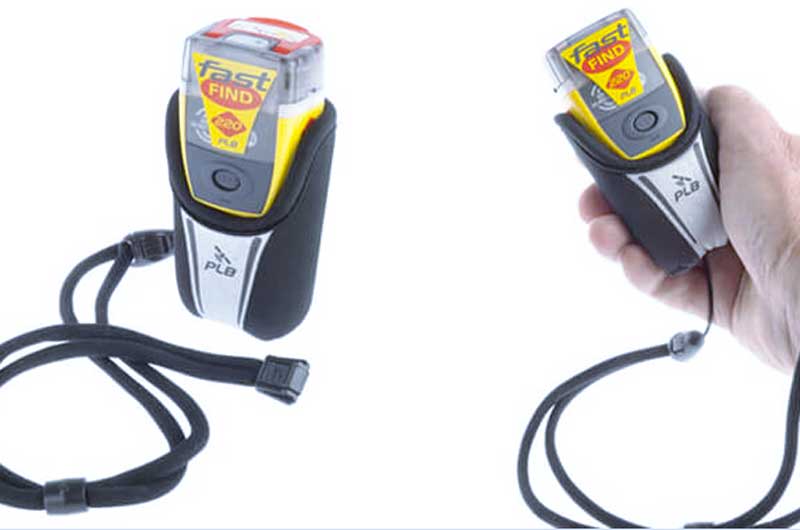
This is the McMurdo FastFind 220 Personal Locator Beacon (PLB). You’ll either need one of these or an aircraft mounted Emergency Locator Transmitter (ELT) – top picture. [Photos: McMurdo]
Part-NCO contains this paragraph about ELT/PLBs for EASA certified aircraft:
NCO.IDE.A.170 Emergency locator transmitter (ELT)
(a) Aeroplanes shall be equipped with:
(1) an ELT of any type, when first issued with an individual CofA on or before 1 July 2008;
(2) an automatic ELT, when first issued with an individual CofA after 1 July 2008; or
(3) a survival ELT (ELT(S)) or a personal locator beacon (PLB), carried by a crew member or a passenger, when certified for a maximum passenger seating configuration of six or less.
(b) ELTs of any type and PLBs shall be capable of transmitting simultaneously on 121,5 MHz and 406 MHz.
EASA Part-NCO


